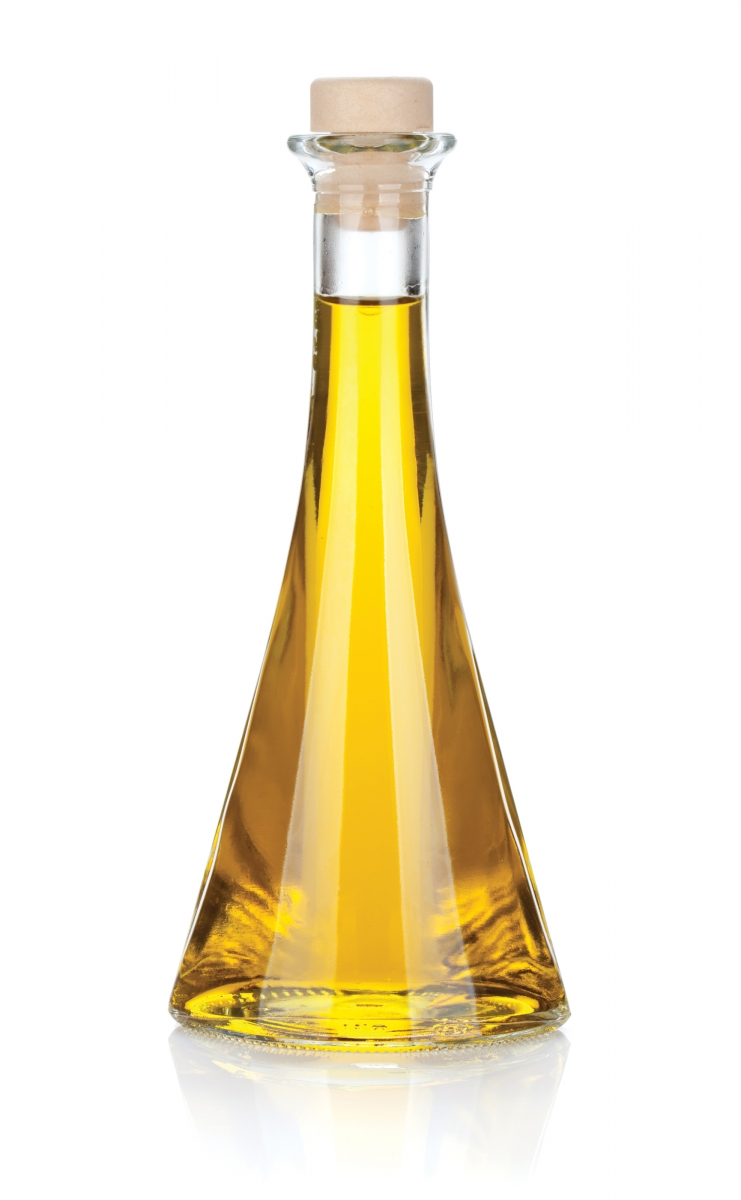Prairie yellow
Canola is a staple Alberta crop. In the late summer, farmers’ fields blaze with the bright yellow heads of canola flowers, which produce black seeds rich in oil. Canola is a cultivar of rapeseed, a member of the Brassicaceae (mustard/cabbage) family. Sometimes it’s still referred to as “rape” though most prefer to use its less eyebrow-raising name.
GMO no go?
Asia has grown rapeseed for use as cooking oil for 4,000 years, but the canola cultivar is a recent development. It was created in Canada in the 20th century through plant breeding programs and new processing techniques that lowered the amount of erucic acid (which can have negative health impacts). While this doesn’t mean that canola itself is a GMO, there are many varieties of GMO canola grown throughout Canada.
Step away from the fryer
Canola oil is best known as a cheap, neutral-flavoured vegetable oil with a high smoke point, which is why it’s mainly used for high-heat cooking. (Check the deep fryers at any restaurant and they’re probably full of bubbling canola oil.) This type of oil is made by heating and pressing the seeds, which increases the amount of oil extracted but destroys all the aromatic compounds. Conventional canola oil is also put through a number of other processes, including degumming, acidifying, vacuuming, bleaching and deodorizing.
Alternatively, cold-pressed canola oil is manufactured using a controlled low-temperature process, which retains the oil’s natural colour and flavour. Makers of cold-pressed canola oil usually don’t use any other chemical or mechanical processes either, preferring to keep the oil as natural as possible.
Canada’s EVOO
Cold-pressed canola oil has been called Canada’s version of extra virgin olive oil (EVOO). Like EVOO, it varies wildly in colour and flavour, from burnished gold to brilliant yellow. It smells very fresh and green, evocative of the prairies: terroir in a bottle.
Just like a high-quality olive oil, cold-pressed canola oil is best used as a finishing touch on dishes where you can appreciate its unique flavour. Drizzle it over vegetables, salads and soups, dip chunks of fresh bread in it, or add a dash to top off dressings and marinades.
